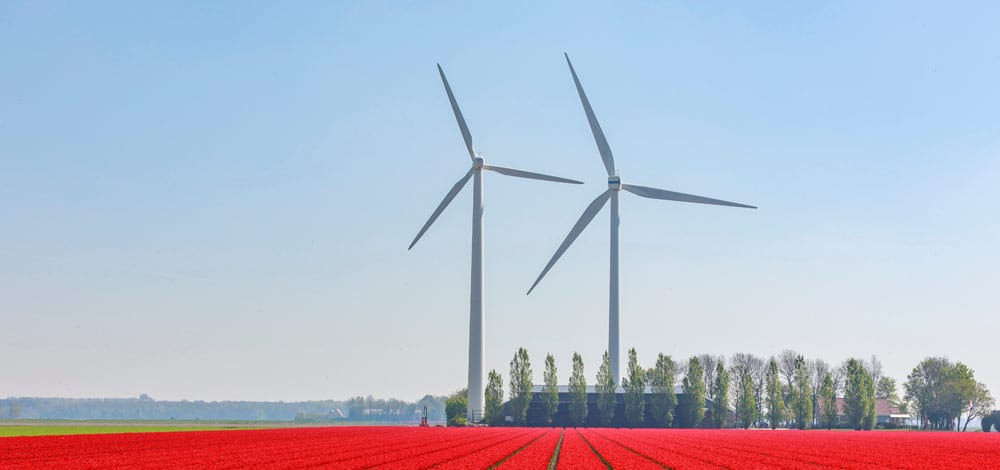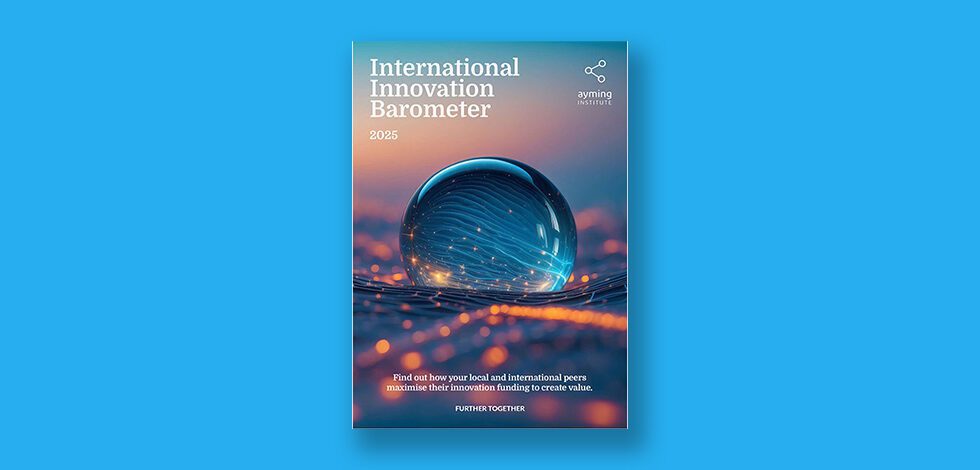National grids are powered by big plants generating electricity from coal, nuclear and gas, which is then delivered across hundreds of miles of national power networks. As renewables progressively replace these centralized stations, that grid model has to change. But it becomes obsolete with the advent of thousands of small and nimble producers, local grids and other decentralized players.
What was a grid becomes a highly complex patchwork of moving parts and players using and trading power. Electricity ceases to be a utility and becomes a commodity and the traditional suppliers and distributors have to adapt like the highly flexible grid itself.
Apart from accommodating low-carbon, intermittent supplies, a decentralized grid can increase competition and drive down prices as more providers join the market. Above all, a smarter grid can help meet the increased demand for electricity without building new power plants and grid networks.
The UK’s National Grid Electricity System Operator (NGESO) aims to be able to manage a ‘zero carbon’ electricity grid by 2025 – in advance of the Government’s 2032 projection for renewable power.
Decentralization brings its own challenges
The challenges are immense and highly complex. As the proportion of power coming from the synchronous generation of fossil-fuel power plants reduces, the grid becomes less stable. As a conventional power station ges down, generation usually continues long enough for another plant to start up. With renewables, there is less inertia in the system and more, small generators are needed to spread the risk. The spectrum of providers range from energy-from-waste, combined heat-and-power, and biomass plants to community schemes and individual homes.
Not only are new decentralized energy resources connecting to distribution networks, smart technologies also mean many consumers will no longer be passive users of power and become active players of the system. NGESO is consulting the industry and collaborating with technology partners to find innovative ways of designing and operating transmission and distribution networks.
Various forces are driving this trend towards greater localization.
Going local could be the key
Some companies that are heavy users of energy already generate their own or develop mini-grids whether it’s for security of supply, financial savings or sustainability objectives. They may export their surplus energy or choose to remain off-grid.
UPS has developed a smart grid to service its London fleet as it switches to electric vans. Supermarket and retail chains such as Sainsbury’s and Marks & Spencer have off-the-grid sources, M&S owning one of the UK’s largest solar rooftop plants.
Centrica hopes to provide a foretaste of a future decentralized energy landscape. Said to be a world first, its Cornwall local energy market project involves installing self-generation and storage technology in homes and businesses across the county, and making that storage available to the market as a single source of flexibility, or ‘virtual power plant’. The aim is to serve the needs of generators, customers and networks by responding to price signals, reducing the strain on the grid at peak times, and maximizing renewables’ productivity.
Again, advances in energy storage and other smart technologies are changing the economics of energy and the terms of trade.
Innovation is helping this shift
Innovative storage units such as Tesla’s Powerwall will allow homeowners and communities to retain the intermittent power they generate from renewable resources, and release it to the grid when it is most needed – for a higher price. Just as smart appliances will curtail their electricity use at peak periods and take advantage of cheaper power at other times of day.
As in other sectors, digital transformation of the energy sector comes with many challenges, not least a huge increase in data with the proliferation of market players. New decentralized assets are also often inherently unpredictable. NGESO recognizes that its legacy systems and processes will struggle to cope with this rapid increase in participants, data from the Internet of Things and other technological advancements. It will need to harness power of big data, and explore the potential for applying artificial intelligence, machine learning, cloud computing and even blockchain.
Embedding AI in business models could reduce global carbon emissions by an additional 4%, according to research by the tech giant Microsoft. The energy sector offered the greatest scope, with reductions of up to 2.2%.
A smart decentralized grid will depend on an ecosystem of providers of digital technology and infrastructure upgrades across all areas of the electricity system, from generation to transmission, distribution, supply and demand.
Some of these technologies could allow small energy providers to trade electricity with each other. For example, blockchain’s capacity for recording, verifying and securing transactions could facilitate a peer-to-peer market, completely independent of utilities and other third parties.
Funded by UK Research and Innovation, computer scientists at three UK universities are researching the scope for this kind of ‘free trade’ between micro-generators. They would no longer have to sell excess energy back to the national grid, or store it. In this ‘democratized’ market, householders could even donate it free of charge to a local charity, or choose whose energy to buy and at what price. Their trading platform would use blockchain-based distributed ledger technology. Industrial partner EDF Energy is testing the P2P trading concept in a London apartment block.
For more trends in energy, download your copy of “Reduce, Reuse, Store, and Recycle” here:












No Comments